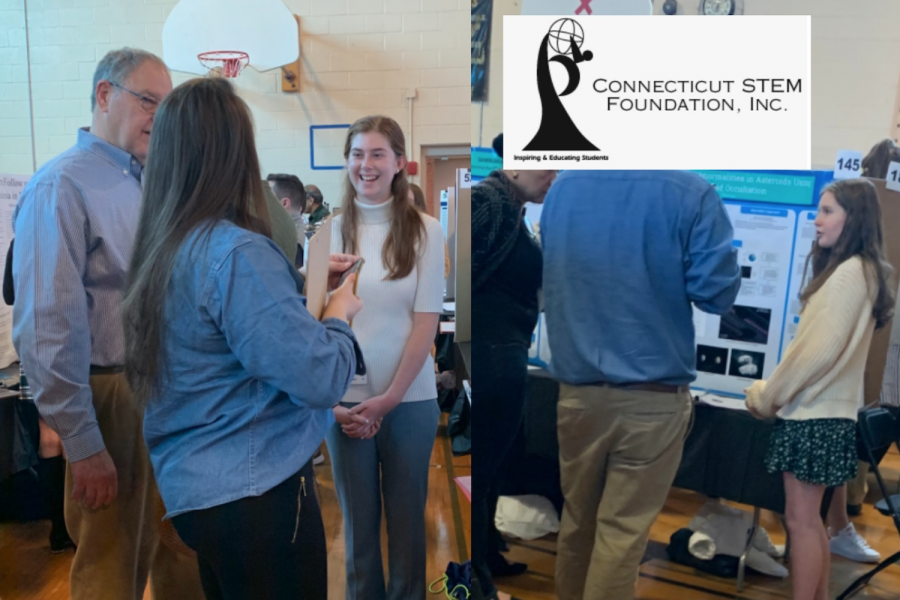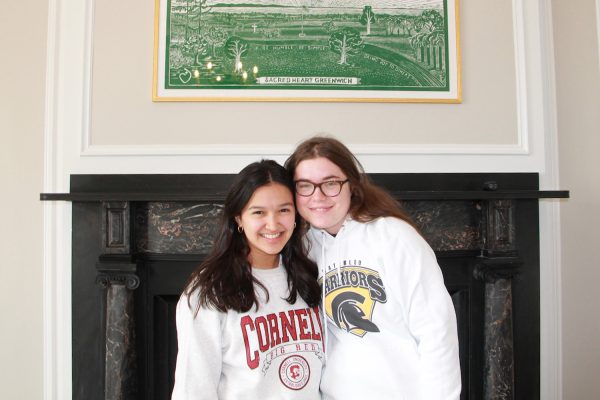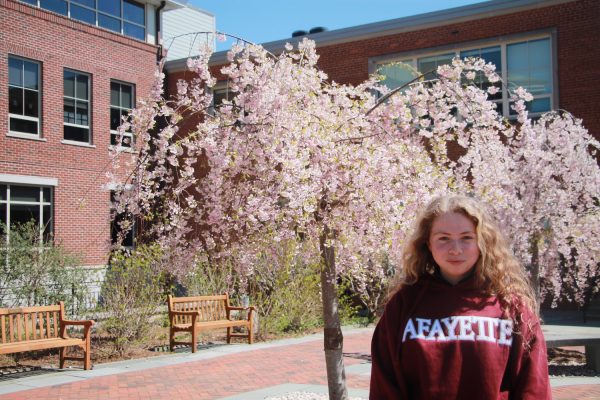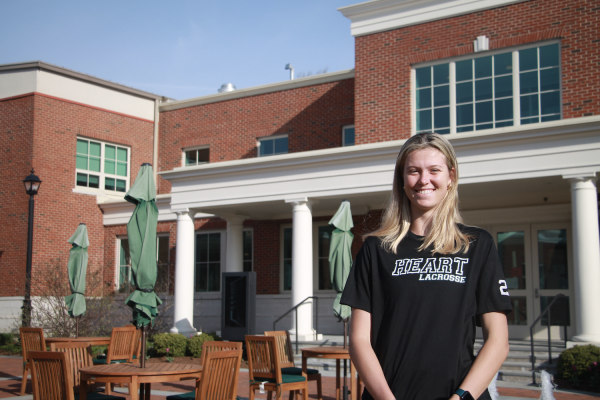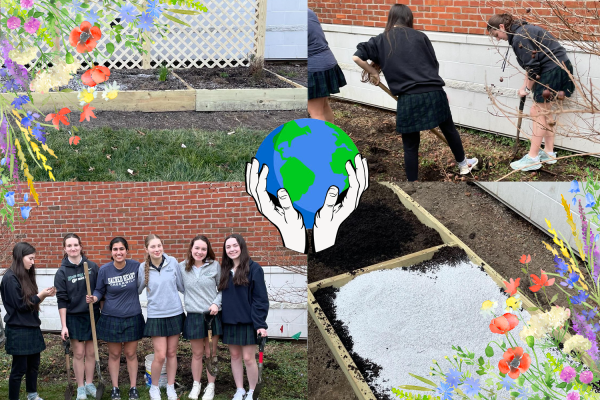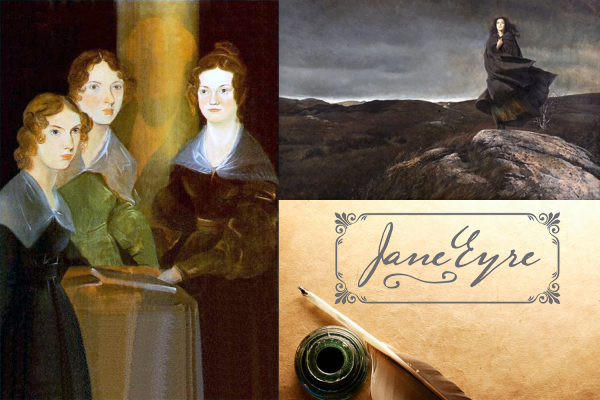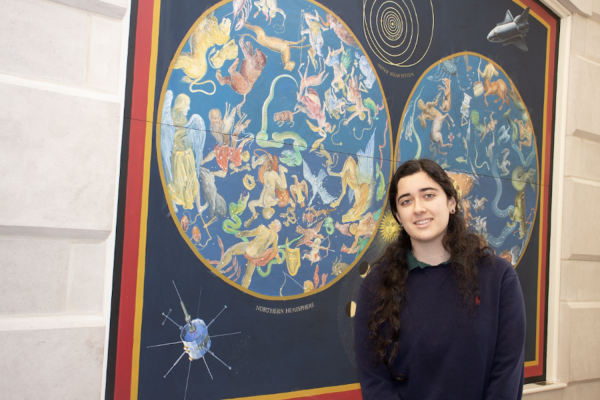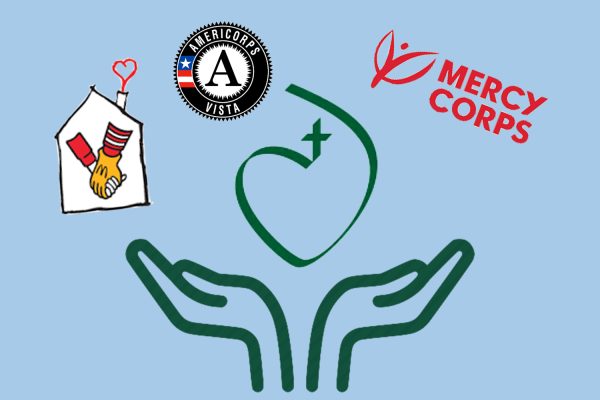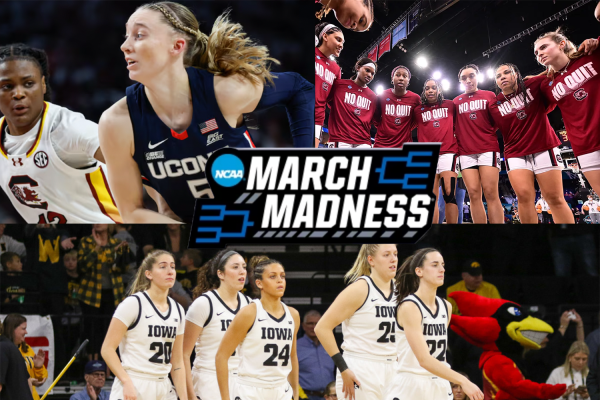Students exhibit their research findings at the virtual CT STEM Fair
Although past Connecticut STEM Fairs took place in person, this year, Science Research students participated in the Connecticut STEM Fair through an online platform.
Sacred Heart Greenwich Science Research students showcased their research in the virtual Connecticut Science, Technology, Engineering, and Mathematics (STEM) Fair by submitting a three-minute video proposal before January 27. This year, the fair’s judges recognized ten Upper School students for their research projects February 22, awarding four students first place in their respective categories. Ms. Joan Fei, Upper School Science Research Teacher, facilitated the participation of the Science Research students in the virtual fair, and commented on the changes to this year’s event.
High school students from 11 schools across Connecticut competed in the fair this year. Students from these schools presented a total of 130 completed projects and 136 proposals. In past years, students from various schools across the state presented their research to two groups of two or three judges for a duration of ten minutes. After their presentations, the judges ask questions pertaining to the student’s study for five minutes. A few hours later, when the judges finished evaluating each student, the awards ceremony commenced.
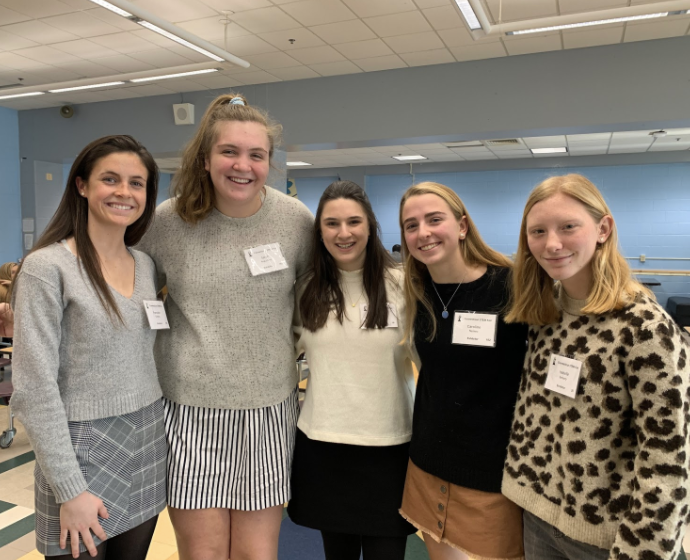
This year, the fair took a virtual approach in order to comply with the current measures concerning COVID-19. Instead of attending the fair in person, students recorded a three-minute video to submit to the competition. In their respective videos, students highlighted the significance of their chosen study and proposed methods to test their hypothesis. Students with completed projects, however, summarized their research and analyzed their results.
Due to the new format of the fair, the judges did not ask questions concerning the students’ research. However, students still received a rubric containing feedback from their judges. The judging process commenced February 6, with prizes awarded February 22.
Out of the 27 Science Research students who participated in the fair this year, ten received recognition for their projects. Sophomore Kate Nemec earned first place in the Health and Medical Proposal category for her research proposal, “Using Artificial Skin Tissue to Analyze the Effect of Molecules Disrupted in Renal Carcinoma 3 and 6 Hydroxy Aminopurine on Melanoma Progression.” Additionally, sophomore Jennifer Di Capua received third place in the Behavioral Proposal category for her project entitled “Facilitating Healthcare Access for Latinx Undocumented Immigrants using a Novel Smartphone App.” Sophomore Katie May worked at the Mary Aloysia Hardey RSCJ Observatory to complete her research, culminating in her project, “Uncovering Abnormalities in Asteroids Using Asteroid Occultation.” She earned fourth place for her completed project in the Physical Science category.
Junior Annie O’Connor received first place in the Environmental Proposal category for her research, “Testing Water in Municipalities to Uncover Environmental Racism in Ethnically Vulnerable Communities.” She chose to expand her research from last year so that it incorporates a theme of social justice. In the same category, junior Regina Finn won second place for her research project, “Testing the Effect of Applied Glucose on Moisture Retention and Growth of Saplings after a Simulated Forest Fire.”
Working collaboratively on their project, “Association between Aggressive Behavior in Purebred and Mixed Breed Canines and Gene Variants,” juniors Caroline Nemec and Gigi Pascal received first place in the Team Research Proposal category. Juniors Isabelle Berkery and Sarah Augustine earned second place in the same category for their joint project, “Comparison of Dog and Wolf Behavior and Ability to Complete Cooperative Tasks.”
In the Environmental category, junior Abby Barnett received fourth place for her completed project. Through her research, she worked to produce a carbon-cloth filter that prevents harmful nutrient pollutants from entering the Long Island Sound. Although she enjoyed presenting through a video, Abby observed the distinct changes that came with the virtual format of the fair.
“This year was extremely different from my previous two years competing at the CT STEM Fair,” Abby said. “I thought that because the due date for project submission was moved weeks ahead of normal that this caused unnecessary stress for students and a feeling for the need to cram before the end. However, I really enjoyed making a video this year. I thought it was a new and fun way to present a project, but this did also come with its challenges of having to recite your work in one go and with a 3-minute limit.”

Senior Grace Coale’s research focuses on antibiotics in poultry products and its reciprocal effect on human health. She is grateful for the opportunity to present her work to the judges and to share her findings with other students.
“At this year’s fair, each participant had to reduce their entire project into a three minute video to submit to judges, which proved to be very difficult to condense three years of research, literature, and findings into such a short video,” Grace said. “This year, the interactions and experience of presenting your research to judges was definitely missed, but I am thrilled I was able to submit my work to be reviewed and that the fair was a possibility this year.”
Ms. Fei believes that a positive aspect belonging to the new format of the CT STEM Fair was that students were able to perfect their videos. However, she also commented that the short presentation prevented students from explaining their personal connection to their studies.
“It was nice to be able to script out what you wanted to say ahead of time and get feedback on the script and practice with other people,” Ms. Fei said. “Because of the time limit, you have less room to make the project more personal. In a three minute video, it was there but it was really just one sentence of why this project connects to the person.”
Featured Image by Ana López del Punta ’23

For her final year on the KSC staff, Ana is incredibly grateful to serve as Co-Editor-in-Chief. To help ensure the success of the paper in upcoming years,...

